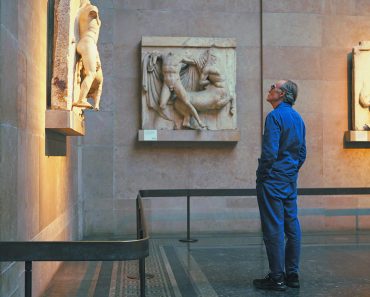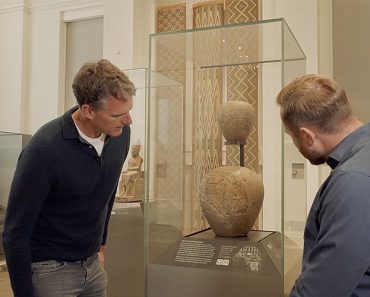A one-of-a-kind labyrinthian monument
Addressing a packed hall in Athens on October 12, the head of the Cretan dig, state archaeologist Danae Kontopodi, said the new Minoan monument was “of sophisticated architectural design, highly advanced for the era,” constructed in phases between around 3,000 and 1,700 B.C., and chiefly used from 2,300 to 1,800 B.C.
Found in central Crete perched atop Papoura Hill, a gently sloping rise commanding sweeping views of the countryside, the 19,375-square-foot structure comprises seven concentric stone rings emerging from a circular building and connected by narrow passageways. The exact purpose of the building remains a mystery, as excavations are still underway, but experts are considering a range of possibilities: a communal prayer site, a long-term dwelling, a military post, or even a burial monument.
“The shape and labyrinthine architectural layout of the monument have no exact parallels to date,” Kontopodi said, adding that the design was reminiscent of a tholos tomb—beehive-shaped burial structures used for the elite in the Bronze Age—as well as the earliest depictions of the labyrinth.
“Nothing like this has ever been unearthed before,” said Maria Vlazaki, an archaeologist with expertise in the Minoan era and former general secretary at Greece’s culture ministry.
“It’s very impressive, a monumental construction, built during a transitional phase when local elites were taking power,” she added.







